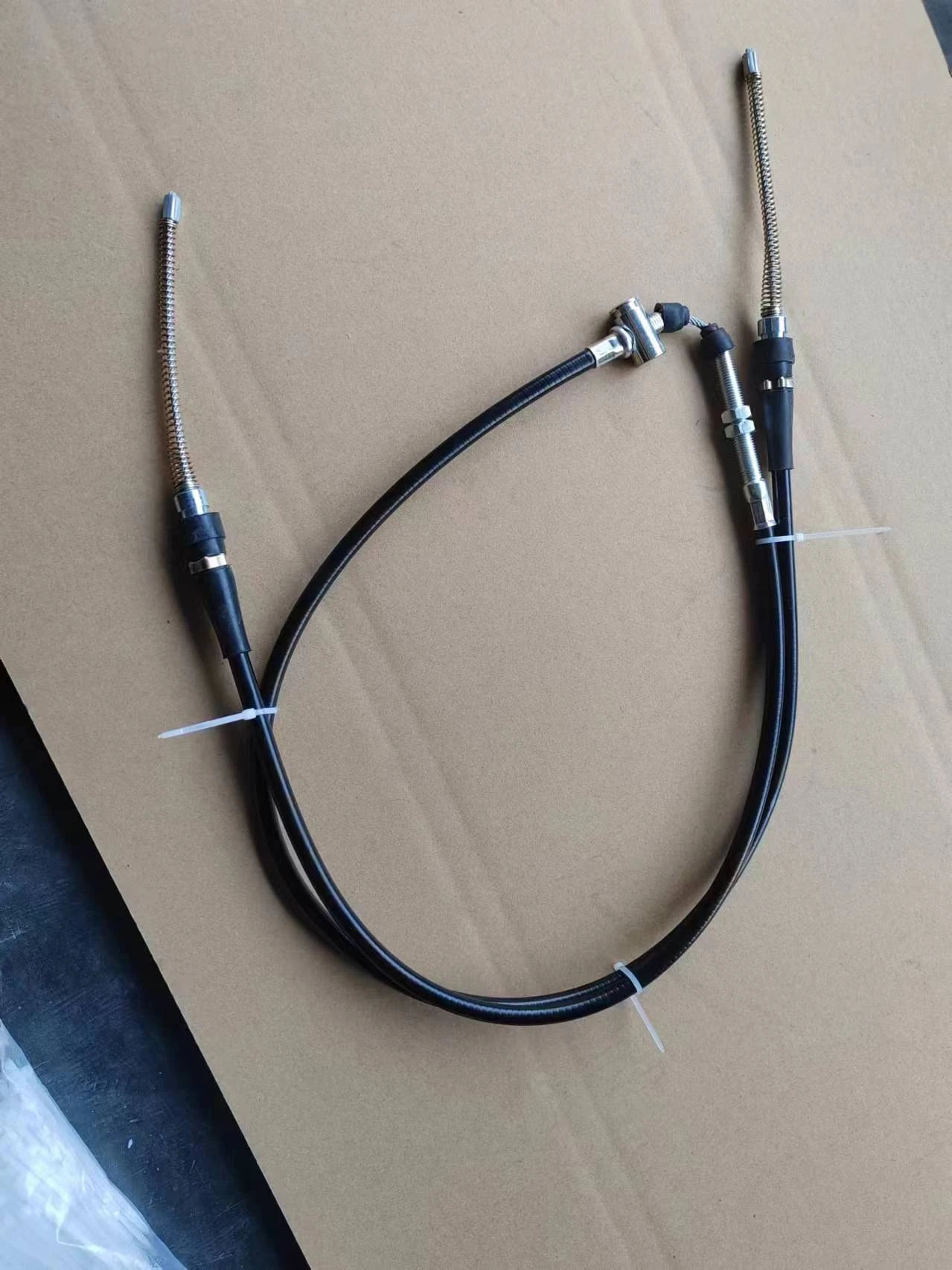slave cylinder hose
Understanding the Slave Cylinder Hose A Critical Component in Hydraulic Systems
In the intricate world of hydraulic systems, various components come together to ensure seamless operation. Among these crucial parts lies the slave cylinder hose, an unsung hero that plays a vital role in the functionality of hydraulic systems, particularly in vehicles and machinery. In this article, we will delve into the significance, structure, and maintenance of the slave cylinder hose.
What is a Slave Cylinder Hose?
The slave cylinder hose is a flexible tube that connects the slave cylinder to the master cylinder within a hydraulic system. It is typically constructed from high-quality rubber or reinforced synthetic materials to withstand high pressures and resist wear and tear. The hose serves as a conduit for hydraulic fluid, transmitting force generated by the master cylinder when the brake or clutch pedal is engaged.
Importance in Hydraulic Systems
The slave cylinder hose is critical in systems like automotive brakes and clutches. It helps convert the mechanical action of pressing a pedal into hydraulic pressure, which then activates the slave cylinder. This activation results in the movement of the braking or clutch mechanism, enabling smooth operation. A well-functioning slave cylinder hose ensures efficient fluid transfer and reliable system performance, ultimately contributing to vehicle safety.
Structure and Design
The design of the slave cylinder hose is crucial for its performance. It typically features a reinforced structure to ensure durability and flexibility. The inner layer is designed to withstand high temperatures and pressures, while the outer layer protects against abrasion and environmental factors. Additionally, the fittings on either end of the hose are engineered for secure connections to the master and slave cylinders, preventing leaks and ensuring optimal fluid flow.
slave cylinder hose

Signs of Wear and Failure
Over time, the slave cylinder hose may experience wear and tear. Some common signs of a failing hose include fluid leaks, soft or spongy brake pedals, and unusual noises during operation. If you notice any of these symptoms, it is vital to inspect the hose immediately. A damaged hose can lead to reduced braking or clutch performance, posing significant safety risks.
Maintenance and Replacement
Regular maintenance is essential for the longevity of the slave cylinder hose. Vehicle owners should periodically inspect the hose for signs of wear, including cracks, bulges, or leaks. It is advisable to replace the hose every few years or as recommended by the manufacturer, especially if the vehicle is subjected to harsh conditions.
When replacing the slave cylinder hose, it is crucial to use high-quality parts that meet or exceed OEM specifications. Proper installation is also vital—improperly fitted hoses can lead to leaks and system failures. Therefore, seeking professional assistance for installation and maintenance is often a wise choice.
Conclusion
In summary, the slave cylinder hose is a crucial yet often overlooked component of hydraulic systems. Its role in transferring hydraulic fluid and enabling smooth operation highlights the importance of maintaining this vital part. By understanding its significance and ensuring proper care, vehicle owners can enhance their safety and the reliability of their hydraulic systems. Regular inspections and timely replacements will help ensure that the slave cylinder hose continues to perform optimally, thereby contributing to the overall efficiency and safety of the vehicle.
-
Upgrade Your Clutch System with Premium Hydraulic Clutch LinesNewsJul.31,2025
-
Unlock the Power of Precision with Our Throttle CablesNewsJul.31,2025
-
Unleash Power and Precision with Our Accelerator CablesNewsJul.31,2025
-
Experience Unmatched Safety with Premium Handbrake CablesNewsJul.31,2025
-
Enhance Your Vehicle's Performance with Quality Gear CablesNewsJul.31,2025
-
Workings of Clutch Pipe and Hose SystemsNewsJun.04,2025
